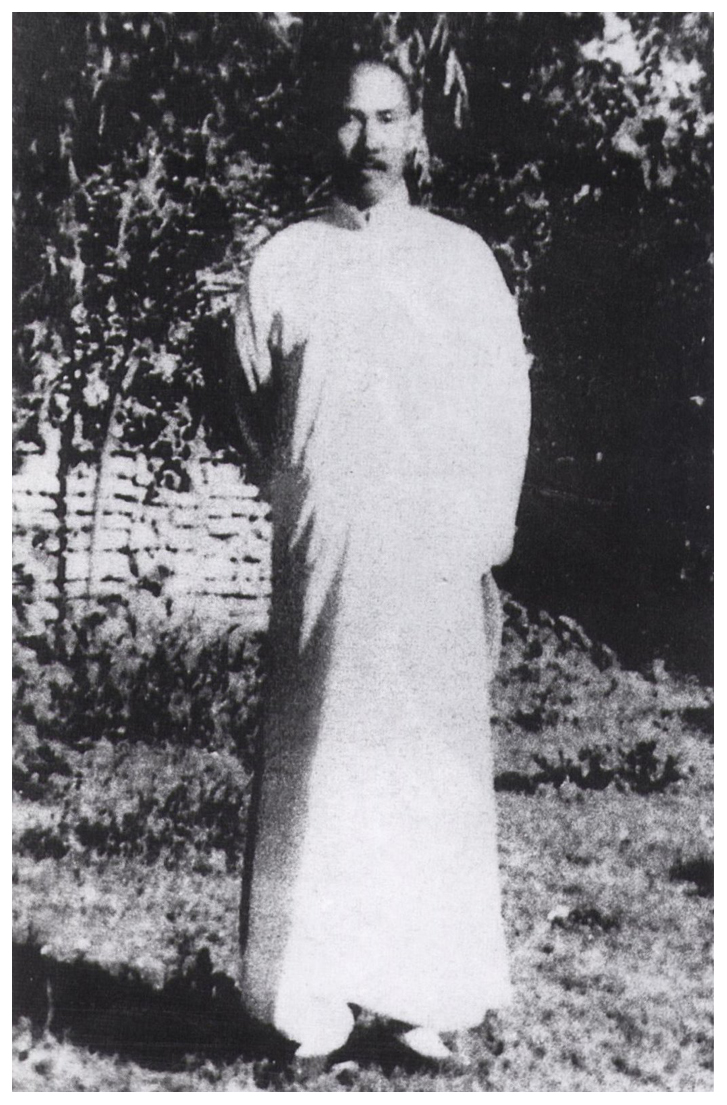Here is a training method that I like. Would like to hear your opinion on this?
You use technique A to attack your opponent. If your opponent responds with method
- 1, you change your technique A into A1.
- 2, you change your technique A into A2.
- ...
- n, you change your technique A into An.
Starting with technique A as the main trunk of a tree, depending on your opponent's different responds, your tree starts to branch out as A1, A2, ..., An.
Next step will be the sub-branches that branch out from A1 (A11, A12, ... A1n), A2 (A21, A22, ... A2n) , ..., An (An1, An2, ..., Ann). After many levels, you will then have a full growing tree.

You use technique A to attack your opponent. If your opponent responds with method
- 1, you change your technique A into A1.
- 2, you change your technique A into A2.
- ...
- n, you change your technique A into An.
Starting with technique A as the main trunk of a tree, depending on your opponent's different responds, your tree starts to branch out as A1, A2, ..., An.
Next step will be the sub-branches that branch out from A1 (A11, A12, ... A1n), A2 (A21, A22, ... A2n) , ..., An (An1, An2, ..., Ann). After many levels, you will then have a full growing tree.
Last edited:

